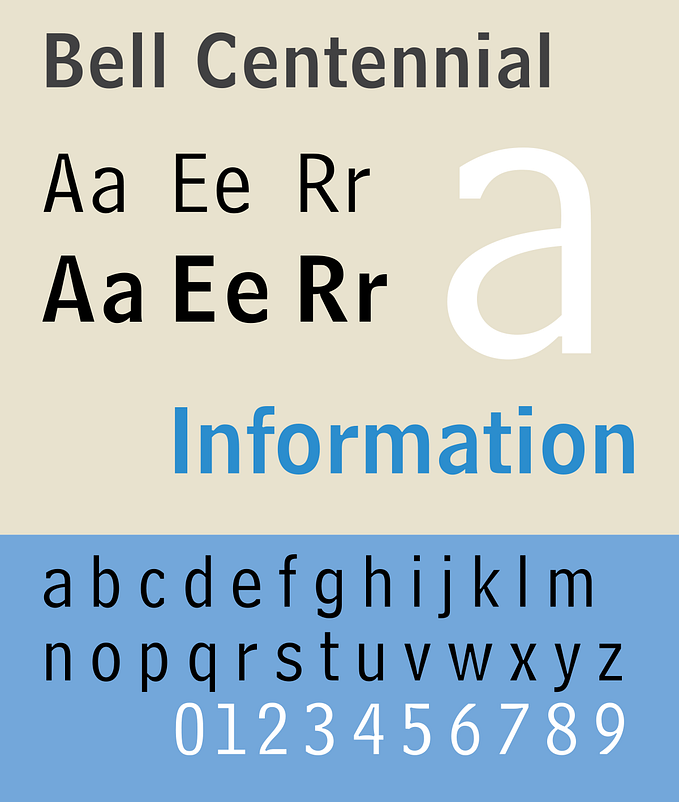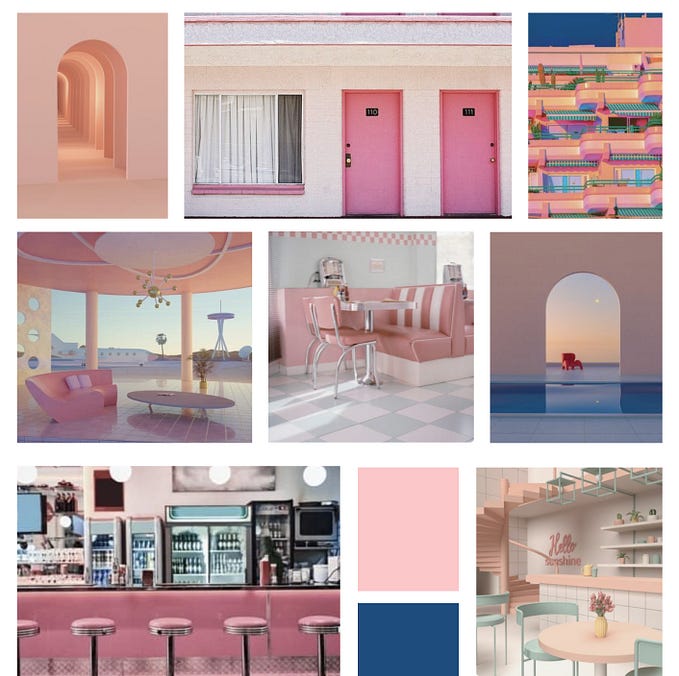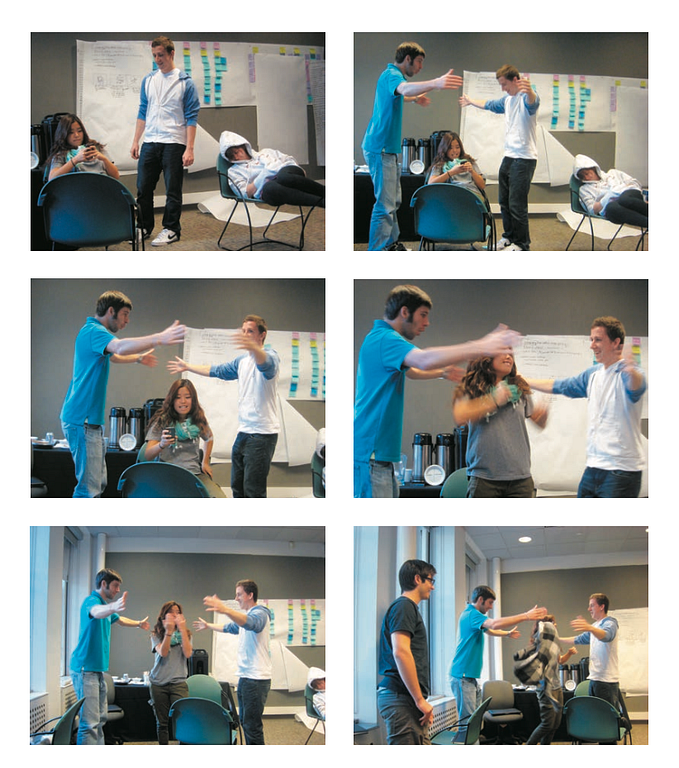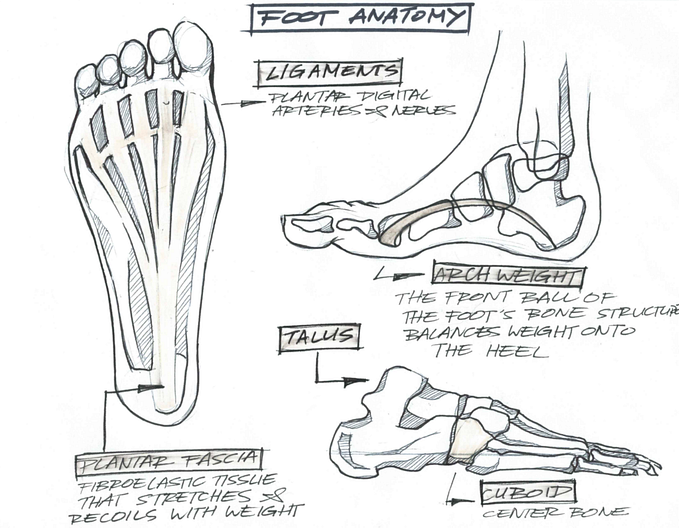

Starting with a horizon line, I practiced setting different sized cubes in the same environment in order to understand spatial relativity and perspective. Afterwards, I started practicing with perspective based off of the environment around me, although I found a much harder time identifying the accurate vanishing points for the objects within the room.



Using the wide camera lens on my phone was nice for capturing a larger portion of the room, but the warp made scaling much more difficult and the perspective a bit inaccurate to follow. For some angles, especially the left side of the left drawing, the perspective was too sharp and exaggerated. Additionally, I found that that as the perspective ran back within the room, there were more and more irregularities within my lines when finding the appropriate angles.

CHANGING VIEWS // EXPLORING PERSPECTIVE ANGLES
[04.01.20]
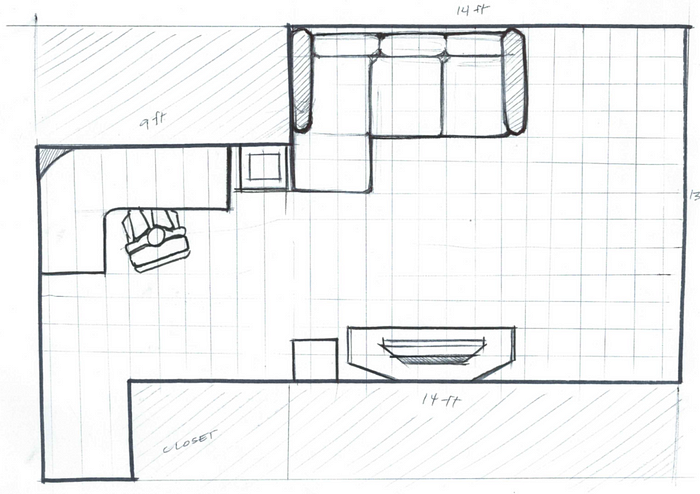
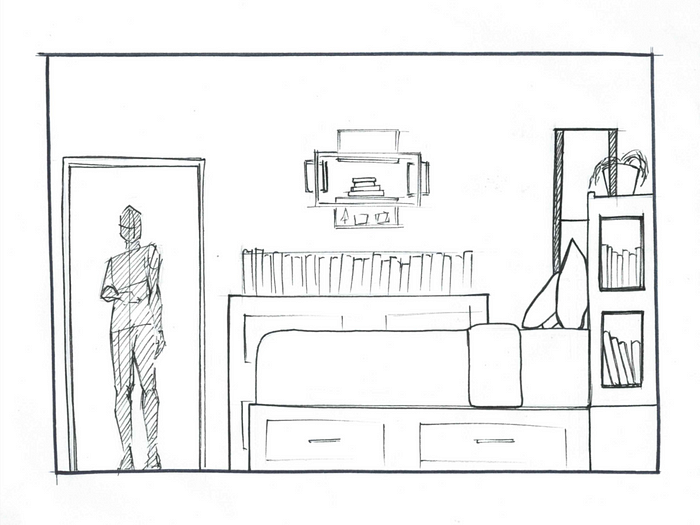

ONE POINT PERSPECTIVE
[04.04.20]
After studying my room from a two point perspective, I began analyzing my room from a side angle to study one point perspective. In order to accurately measure height and spatial positioning within the room, I used the orthographic view as a reference to translate the objects into perspective.



After practicing one point perspective in my bedroom, I began experimenting with constructing rooms with differing dimensions and slanted walls. In addition, I also explored different scales of the human figure in a longer room in order to grasp a better understanding of translating the height.

LEARNING ISOMETRIC DRAWINGS
[04.08.20]







